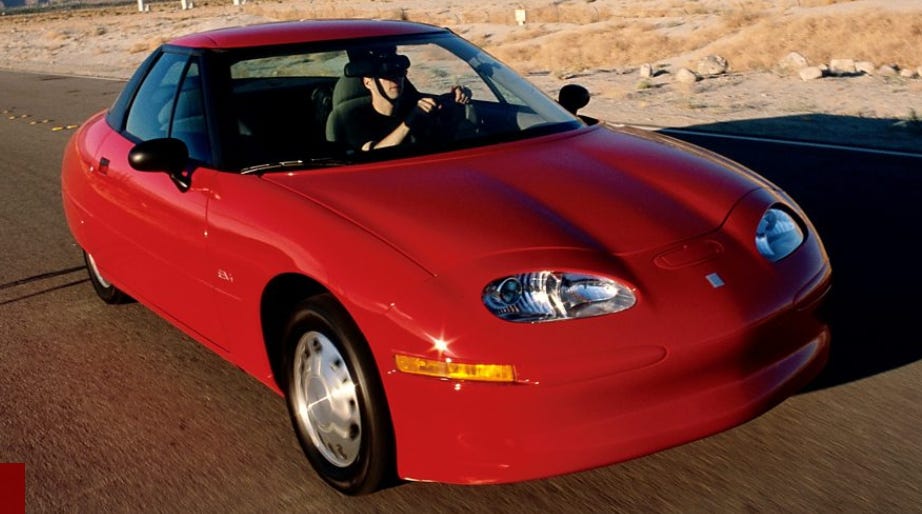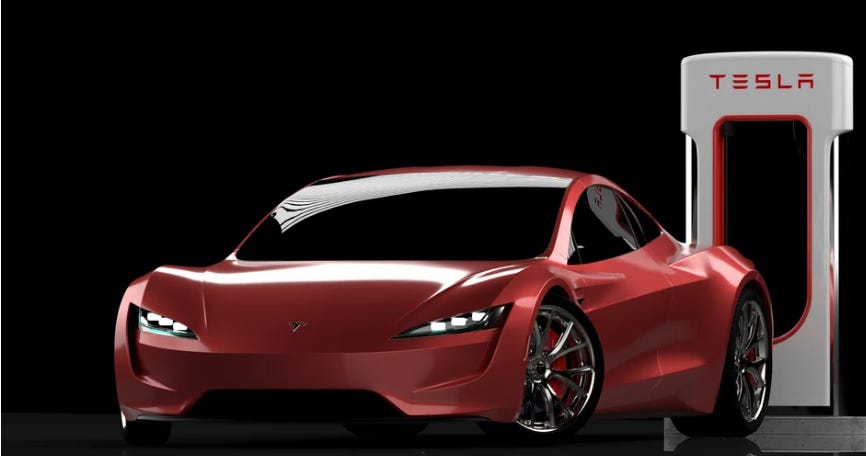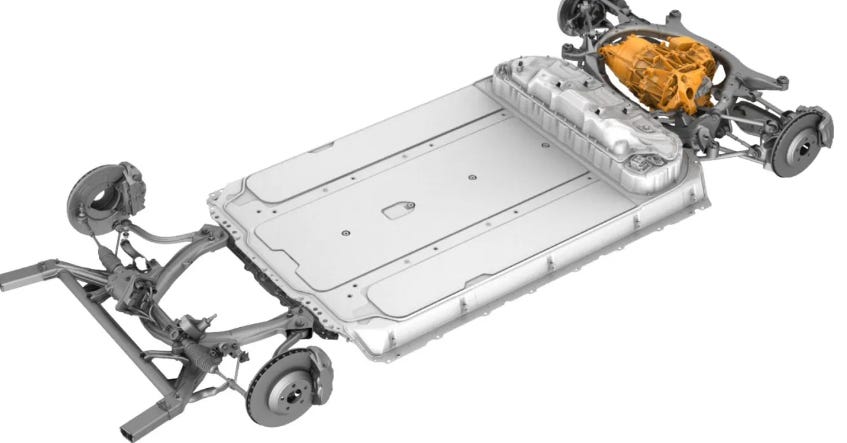In the 1990’s I was CEO of automotive parts supplier Automodular Corporation, providing sub-assembly and sequencing services to General Motors and Ford. I became fascinated with how badly GM was managed and how comparatively well Ford was run, although I was generally unimpressed with both companies whose insular, self-absorbed cultures were focussed almost entirely on lower costs and product quality with little vision outside of the brutally competitive car market as it existed at that time.
Low costs and high quality were, of course, essential to survive in what I think must have been the world’s most competitive industry. But opportunity required vision and there was little vision present - except for a brief interlude at GM which almost broke out of the morasse of “doing the same thing over and over and hoping for a different result”. From 1992 to 2000, Jack Smith was CEO of GM and Richard Waggoner became his successor holding office until 2009. It was during Smith’s tenure that GM introduced the first mass-produced electric vehicle called the EV1. It’s front end similarity to the Tesla Model Y is striking.
The EV1 was nothing short of revolutionary for its time, able to accelerate from zero to 100 km/hour in 8 seconds. GM didn’t sell the EV1’s to customers, it restricted the vehicle to leasing. But lease customers loved the car. Only about 1,100 were ever produced. Leased solely to customers in California, Arizona and to a very few in Georgia, the EV1 was produced from 1996 to 1999.
The EV1 was not GM’s first EV. Under then CEO Roger Smith GM adopted as a concept car an EV called the Impact powered by a cluster of 12-volt lead-acid batteries. The Impact had been developed by an independent company called AeroVironment. That car had a top speed of 183 miles per hour.
Despite customer satisfaction, GM recalled all EV1’s from customers and destroyed the vehicles, with only Francis Ford Coppolla’s retaining his (by refusing to return it to GM). Typical of GM’s culture, the company snatched defeat from the jaws of victory. By 2009, as the global financial crisis emerged, GM stock dropped to $0.75 before the subsequent bankruptcy filing.
Today, Tesla (TSLA) is a contender for the world’s most valuable company and its CEO, Elon Musk, is the world’s wealthiest man. Musk had no background in car manufacturing but was encouraged to start Tesla in 2003 by the inane GM decision to abandon the EV1 and destroy the vehicles. There were customer protests over the EV1 recall and Musk thought that if customers were protesting the end of a vehicle design maybe someone should make more of them.
Musk wisely focused Tesla on research and development in its early years and launched its first vehicle in 2008 just as GM was on the cusp of its bankruptcy filing. The vehicle was a roadster and thought to be one of the world’s fastest cars at that time.
The sleek Tesla roadster has lines that mimic the Chevrolet Corvette.
Since that time, Musk’Is Tesla has introduced a handful of very well-designed EV’s using lithium-ion batteries typically with capacity of 100 kwH providing both long range and exceptional power. My oldest son owns three Tesla’s - a Model S Platinum, a Model X and a Model Y. On my street in Collingwood, Ontario, three of my neighbours now drive Tesla’s of the twenty homes on my street. Tesla’s are here to stay. GM vehicles are distinguished by their relative absence in my neighbourhood except for the pickup trucks some tradespeople drive (those that don’t have F-150’s or Dodge Ram’s) to provide landscaping services etc. to our community.
GM under Mary Barra is now embarked on a drive to build competitive EV’s. GM doesn’t expect to turn a profit on those vehicles until 2025 and even then profit will depend on volume and market share and those goals may be elusive. In the meantime, Tesla will keep raking in billions of profits on its elegant line of EV’s. Musk’s investment in R&D has paid handsomely as Tesla pioneers technologies (such as high pressure die casting) to reduce the number of parts in its cars and reduce assembly costs. The Tesla architecture is simple and elegant.
Tesla’s success and GM’s relative failure can be traced to three qualities Musk has and GM seems to lack - vision, persistence and patience. GM operates to improve quarterly net income per share and Tesla operates to achieve long term profitable growth. This culture war cannot be won by GM unless it makes wholesale changes in its corporate culture. It took over a century to build the culture that characterizes GM’s today operations and may well take decades to change it, if it can be changed at all. I see GM heading down a path towards failure based on culture just as Blackberry lost the smartphone war to Android and iPhone by sticking to its belief its market share and technology were unassailable. It did not end well for Blackberry and it is unlikely to end well for GM. Tesla, on the other hand, seems poised for long term success.
Leadership is critical to corporate success. A CEO who sees ahead, plans ahead and eschews pressure from Wall Street to turn in quarterly net income per share distinguishes truly successful companies. Musk joins an elite club by demonstrating those leadership skills - a club which includes Steve Jobs, Steve Ballmer, and Jeff Bezos who persisted despite setbacks to develop world leading companies and focused on long term goals rather than short term profits. GM would do well to learn from them but I am not optimistic.






Good, informative article. Thanks. One clarification: Musk did not start Tesla. He bought into it, perhaps because of GMs decision, but he did not start it. That being said, Tesla's original founders would have never accomplished what Elon has with the company. Not in their wildest dreams.
Great essay on Detroit's rooted ineptitude and incompetency.
However, the same case can be made for most of the car OEM manufacturers and I expect over time that most of the them will disappear and sink in the bottom of sea .
We're shifting rom a ICE individually owned car to public digital mobility TaaS , Transport as a Service and Taxi robots electric powered by a nuclear power grid.